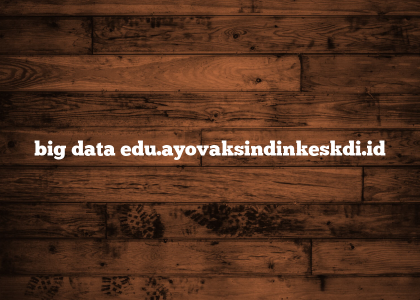What does “the origin of the robin” suggest about ojibwa views of the parent-child relationship?
In the heart of Ojibwa tradition lies a tale that transcends generations, weaving intricate threads of wisdom into the fabric of their cultural tapestry. The origin of the robin, a revered bird in Ojibwa folklore, serves as a profound narrative that imparts valuable insights into the dynamics of parent-child relationships. This exploration delves into the symbolic journey “From Nest to Sky,” unraveling the nuanced layers of Ojibwa views on nurturing, growth, and familial bonds.
Table of Contents
ToggleThe Robin’s Tale Unveiled
Boldly, the Ojibwa people pass down the story of the robin from one generation to the next, each iteration enriched with the collective wisdom of their ancestors. The narrative unfolds as a delicate dance between parent and child, mirroring the natural rhythm of life in harmony with the environment.
The Nest: Foundation of Security
In the Ojibwa worldview, the nest symbolizes more than a mere dwelling; it embodies the foundation of security and nurturance. Boldly, parents are portrayed as architects, meticulously crafting a sanctuary that cradles their offspring. This nest-building process serves as a metaphor for the care and effort invested in creating a stable environment for the child’s growth.
The First Flight: Lessons in Independence
As the fledgling robin takes its inaugural flight, the Ojibwa narrative unfolds a metaphorical journey from dependence to independence. Boldly, the first flight symbolizes a rite of passage, highlighting the crucial role of parents in guiding their offspring toward self-sufficiency. The Ojibwa people, through this tale, emphasize the importance of gradual empowerment and the nurturing of independence in the parent-child relationship.
Symbolic Soar: Parenting Wisdom in Ojibwa Culture
Harmony with Nature
In dissecting the Ojibwa perspective on parent-child relationships, it becomes evident that their wisdom is deeply rooted in a harmonious relationship with nature. The robin, as a creature of the wild, becomes a mediator between the human and natural realms, showcasing the interconnectedness that defines Ojibwa beliefs.
Lessons from the Song
The melodious song of the robin echoes through Ojibwa lore, resonating with teachings on communication within the family. Boldly, the importance of verbal and non-verbal expressions in the parent-child relationship is emphasized. The robin’s song becomes a metaphor for the harmonious dialogue essential for maintaining familial bonds.
Wisdom in Wings: Applying Ojibwa Insights to Modern Parenting
Nurturing Independence
Modern parents can draw valuable lessons from the Ojibwa tradition, particularly in fostering independence in their children. Boldly, recognizing that each child has their unique flight path allows parents to provide guidance while encouraging self-discovery. The robin’s journey becomes a timeless reminder that the process of letting go is an integral part of parenting.
Creating a Secure Nest
The Ojibwa emphasis on the importance of the nest prompts reflection on the significance of a stable home environment in today’s context. Boldly, acknowledging the role of parents as architects of emotional security underscores the need for a nurturing space where children can grow and flourish.
Conclusion
In the timeless narrative “From Nest to Sky,” the Ojibwa people offer a profound exploration of the parent-child relationship, using the robin as a symbolic guide. The tale speaks volumes about the Ojibwa values of harmony, gradual empowerment, and the intertwining of human existence with the natural world. As we delve into the layers of this rich cultural story, we find universal lessons that transcend time and culture, providing a tapestry of wisdom for all who seek to understand the delicate dance between parents and their fledglings.






